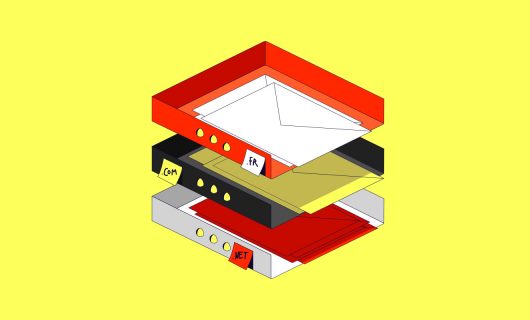
Why MX records have a priority (and A and NS records don’t)
You can add multiple A, NS, and MX records on a single domain, but of the three, only MX records have a priority. Here’s why.

You can add multiple A, NS, and MX records on a single domain, but of the three, only MX records have a priority. Here’s why.

It’s always DNS! From caching, to duplicate records, to syntax, and more, here are five things to check when your DNS updates don’t work.
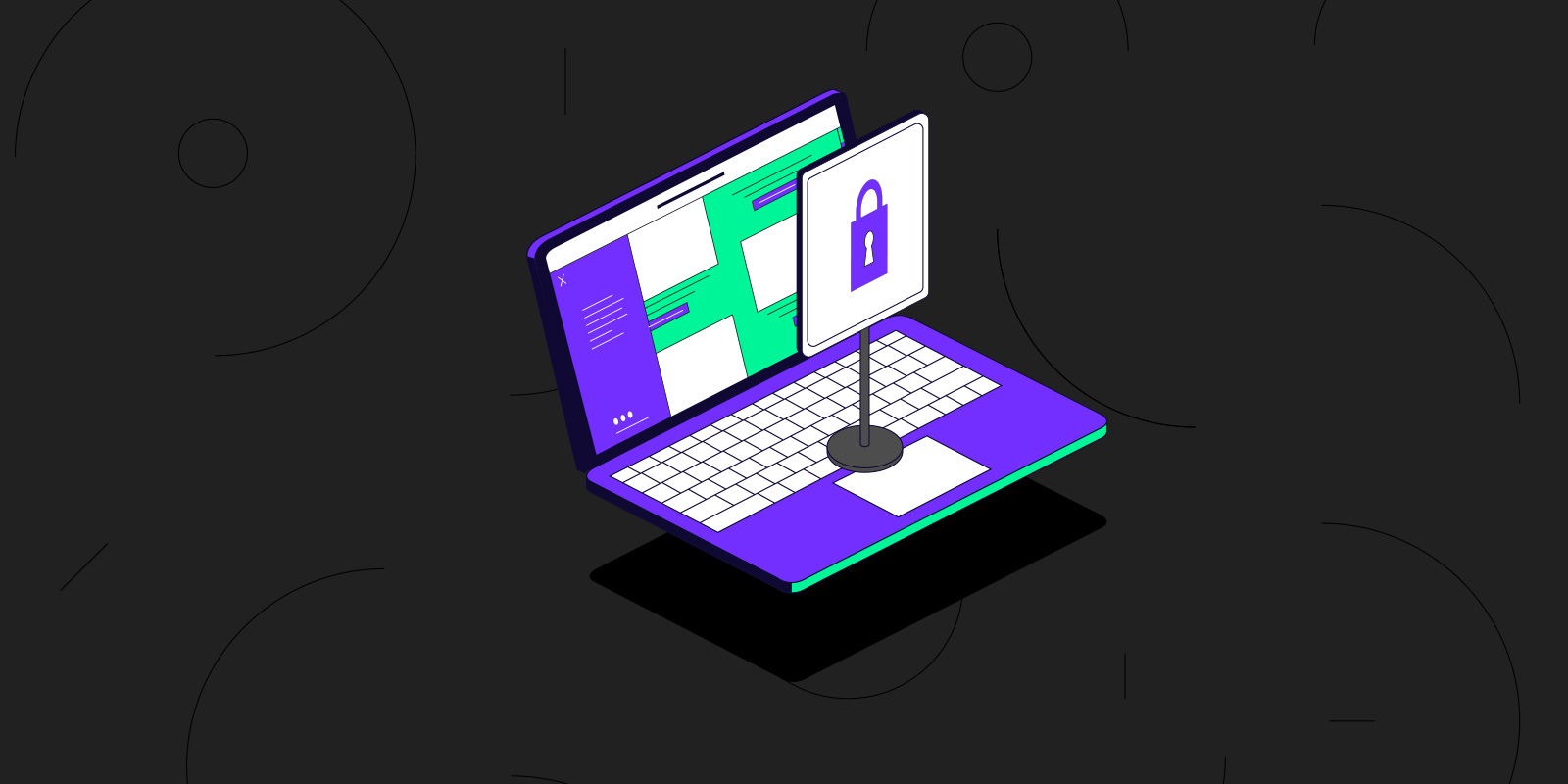
Learn how Gandi helps businesses follow the recommendations of ANSSI for managing DNS servers.
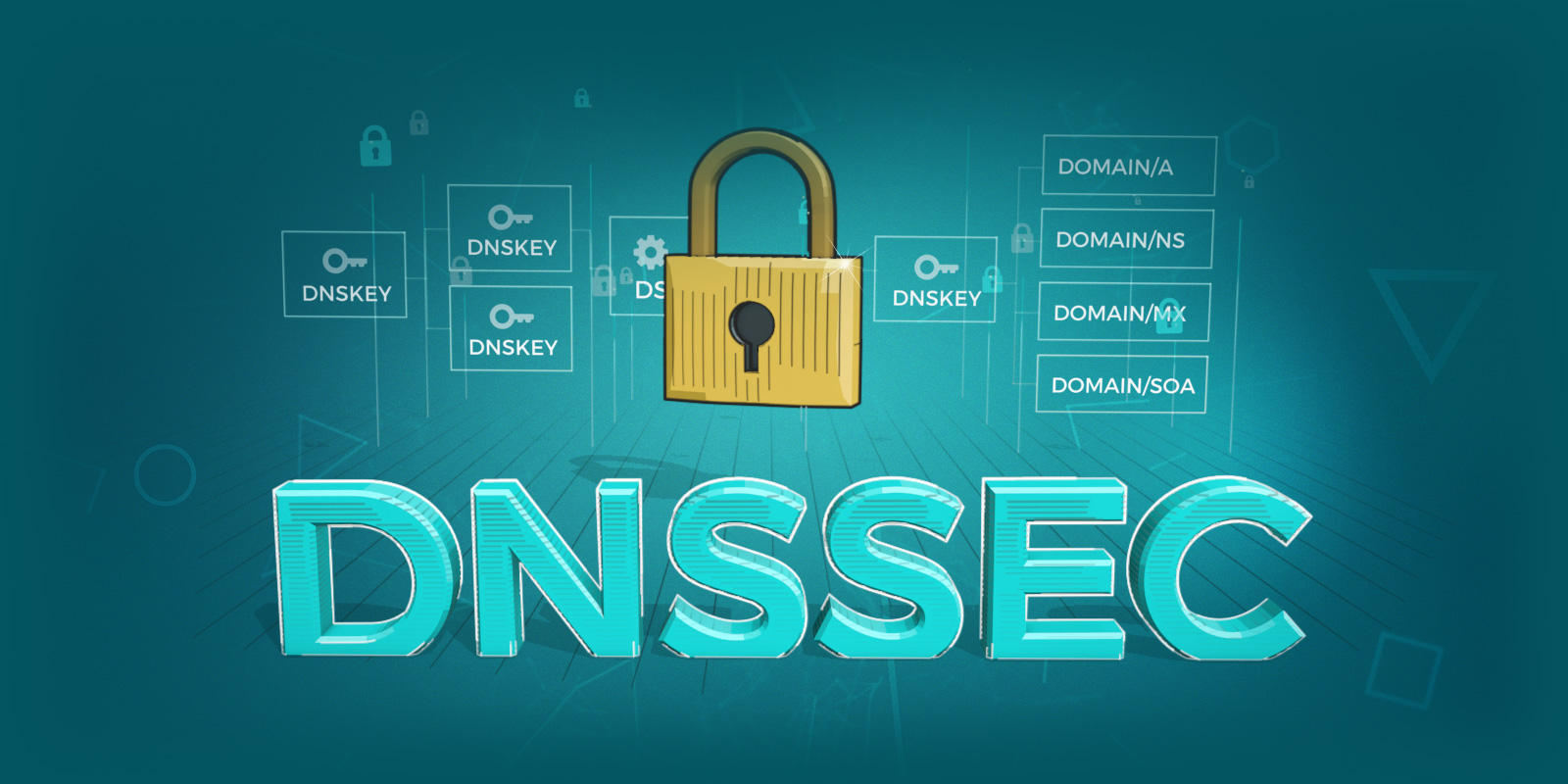
Activating DNSSEC on your domain name allows for the verification of DNS responses and combats DNS attacks. Wathc our video to learn more!
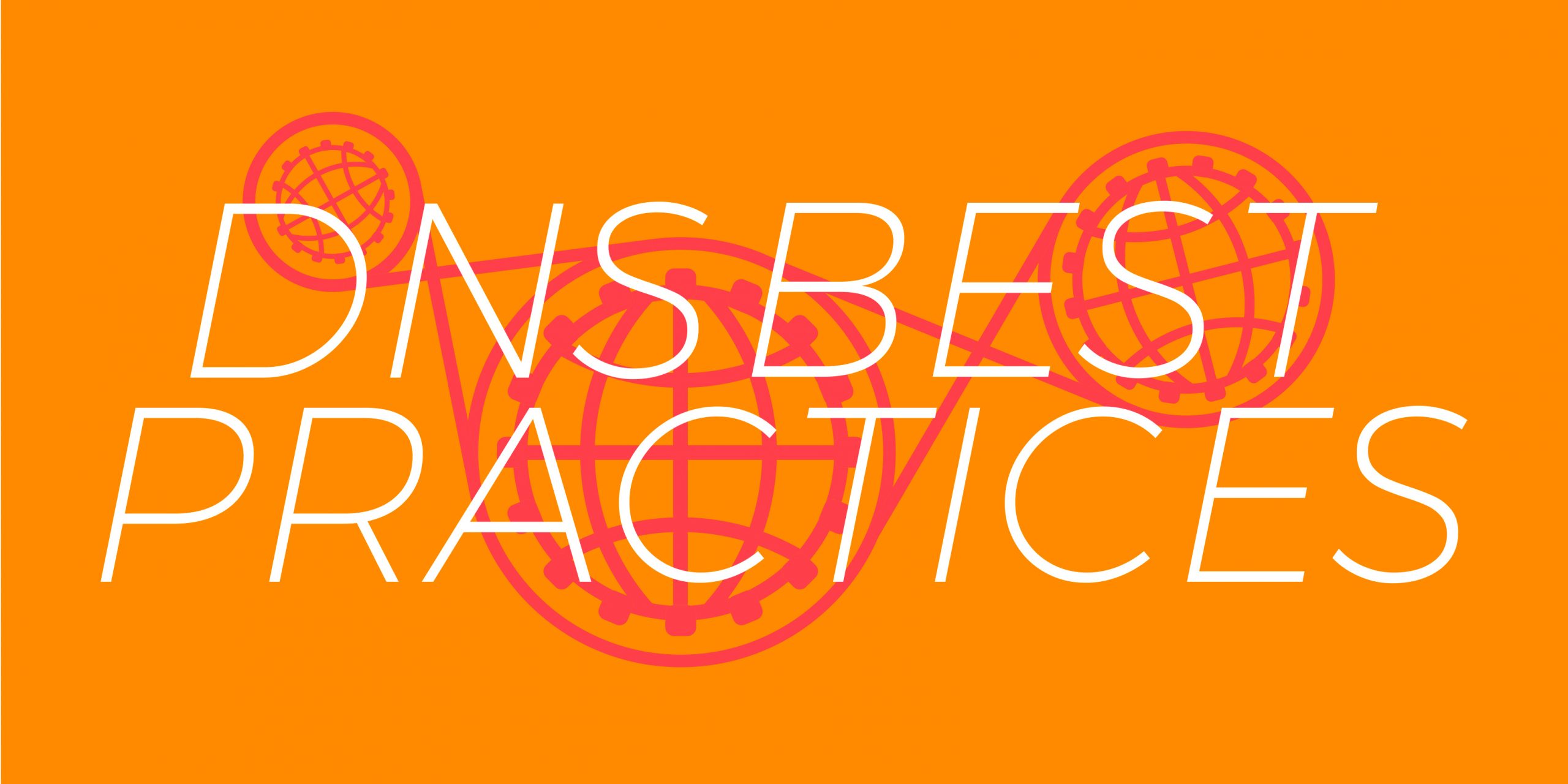
Editing DNS records is not as difficult as you think. At Gandi, you can manage your domain names, and easily add, edit, or delete your DNS records in the same interface.

While configuration templates allow you to apply DNS configurations to multiple domain names, it doesn’t let you synchronize these across all domains using it. That’s why we developed a new linked zones feature for linking your DNS settings across multiple domain names.
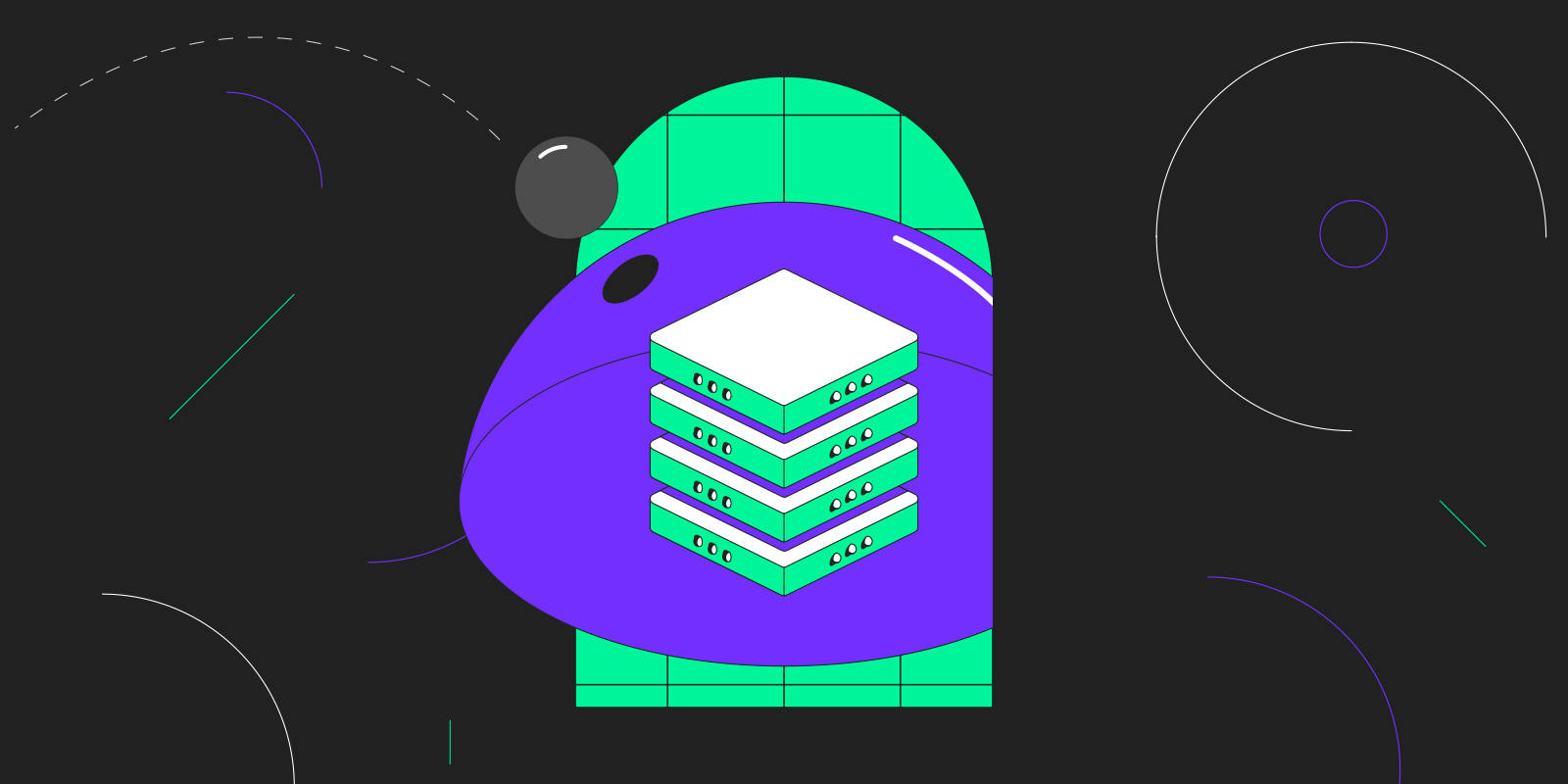
With Advanced DNS, you get a professional service with a service-level agreement to secure your sensitive domains.
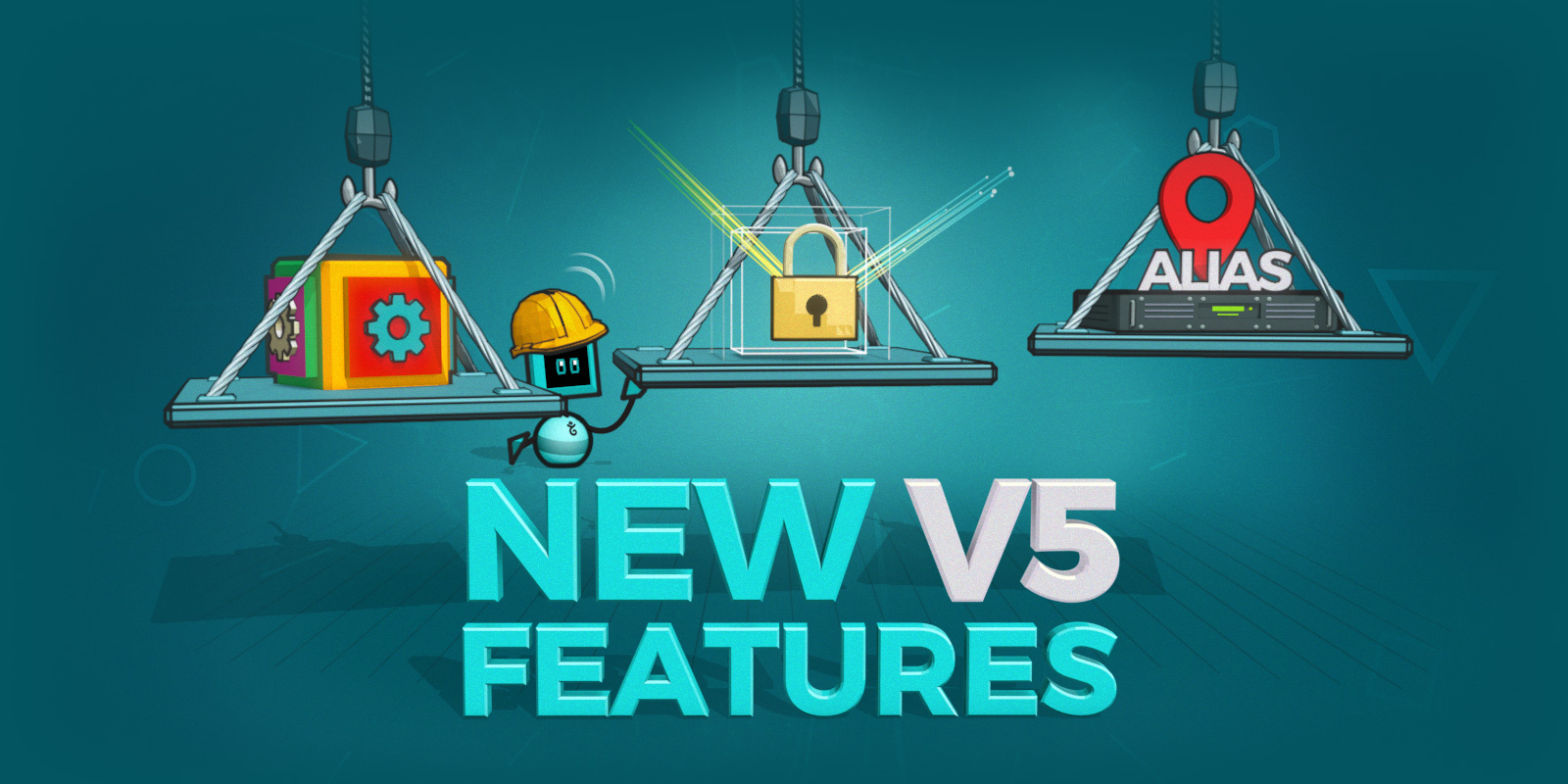
Export your domains’ DNS records into a CSV file you can use to clean your DNS records or just make a backup.
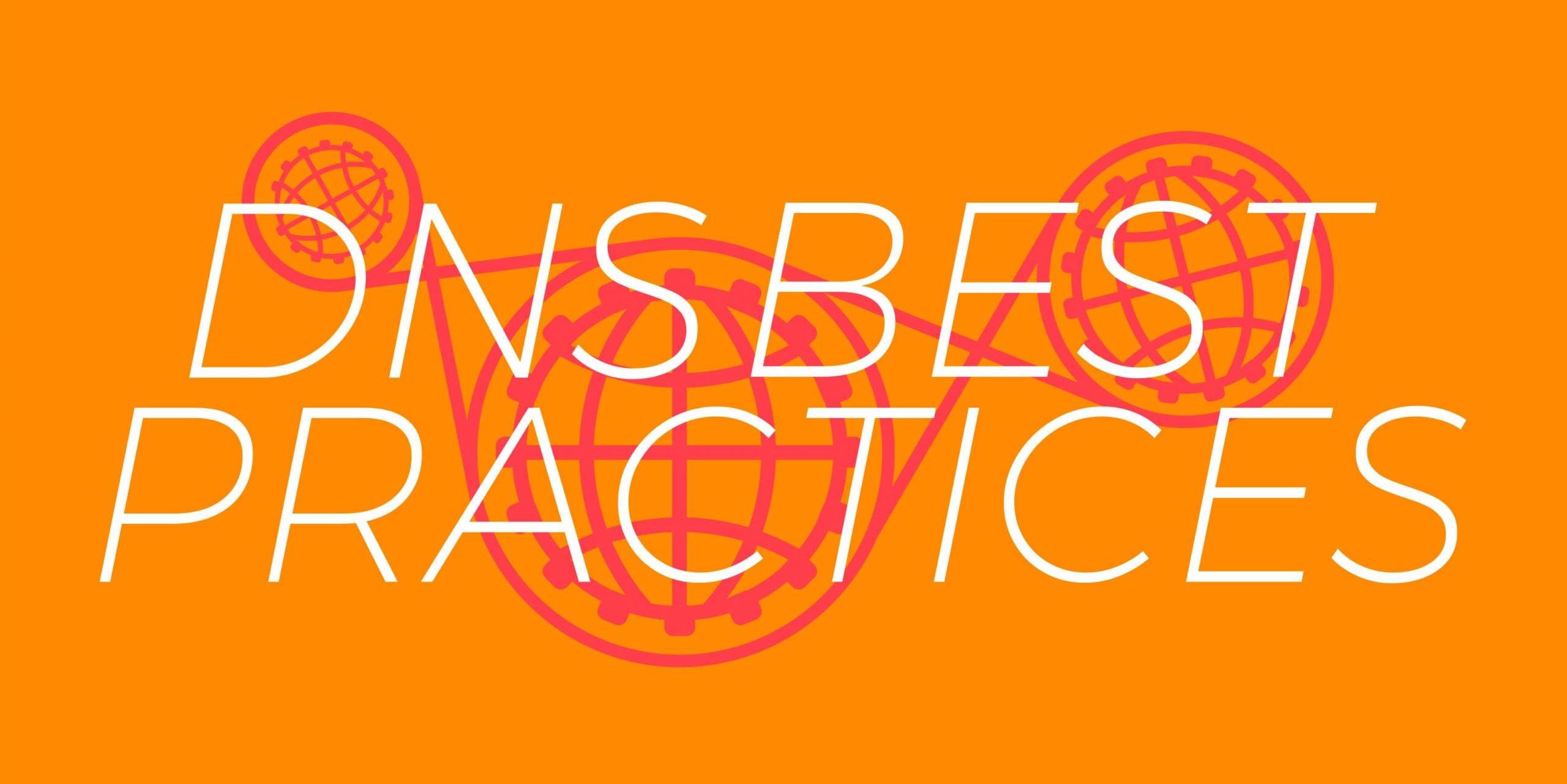
Don’t forget to remove old DNS records from your zone! They could be an open door waiting for an attacker to walk through.

Protect your business from DDoS attacks and guarantee the availability of your online services thanks to Premium DNS.

We’re here to guide you through the pitfalls in managing DNS and help you avoid some of the most common mistakes.

DNSSEC is a protocol that allows you to sign responses to DNS queries in order to ensure the integrity of DNS records and combat certain threats such as DNS hijacking. Here’s how to activate it at Gandi.